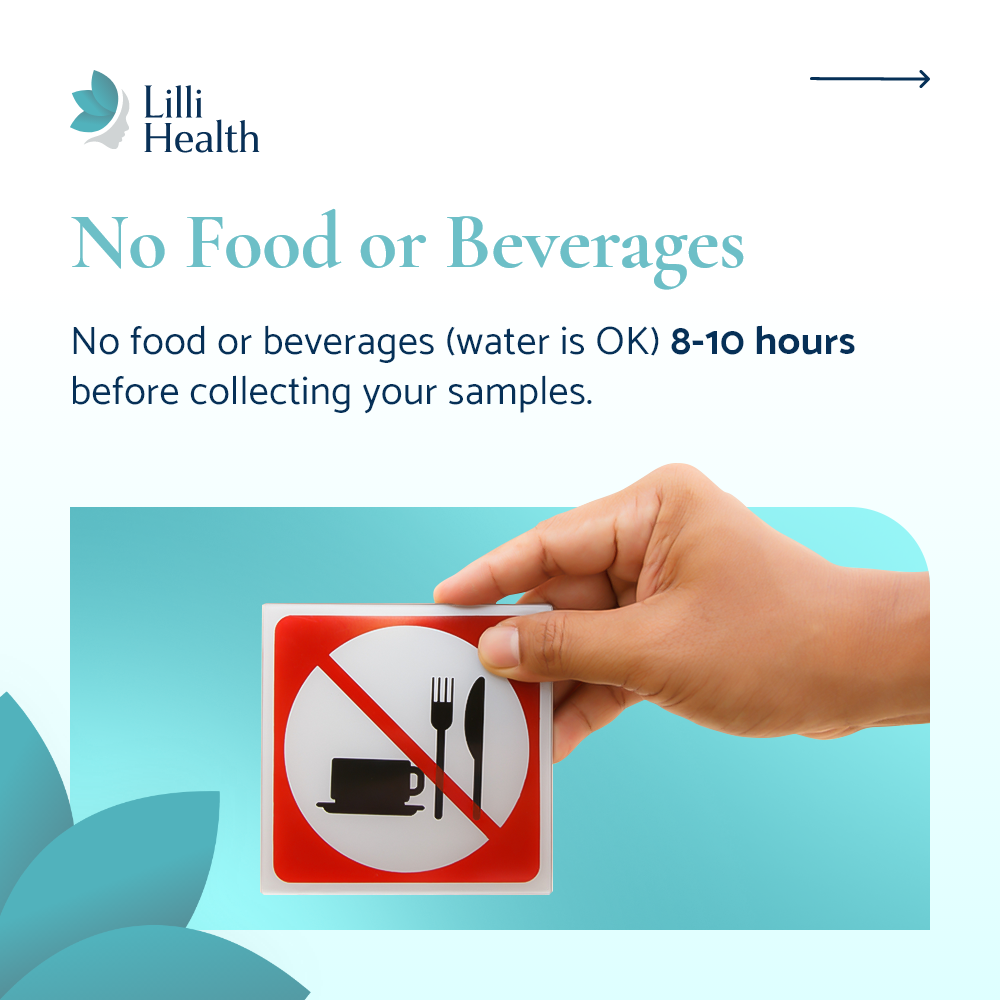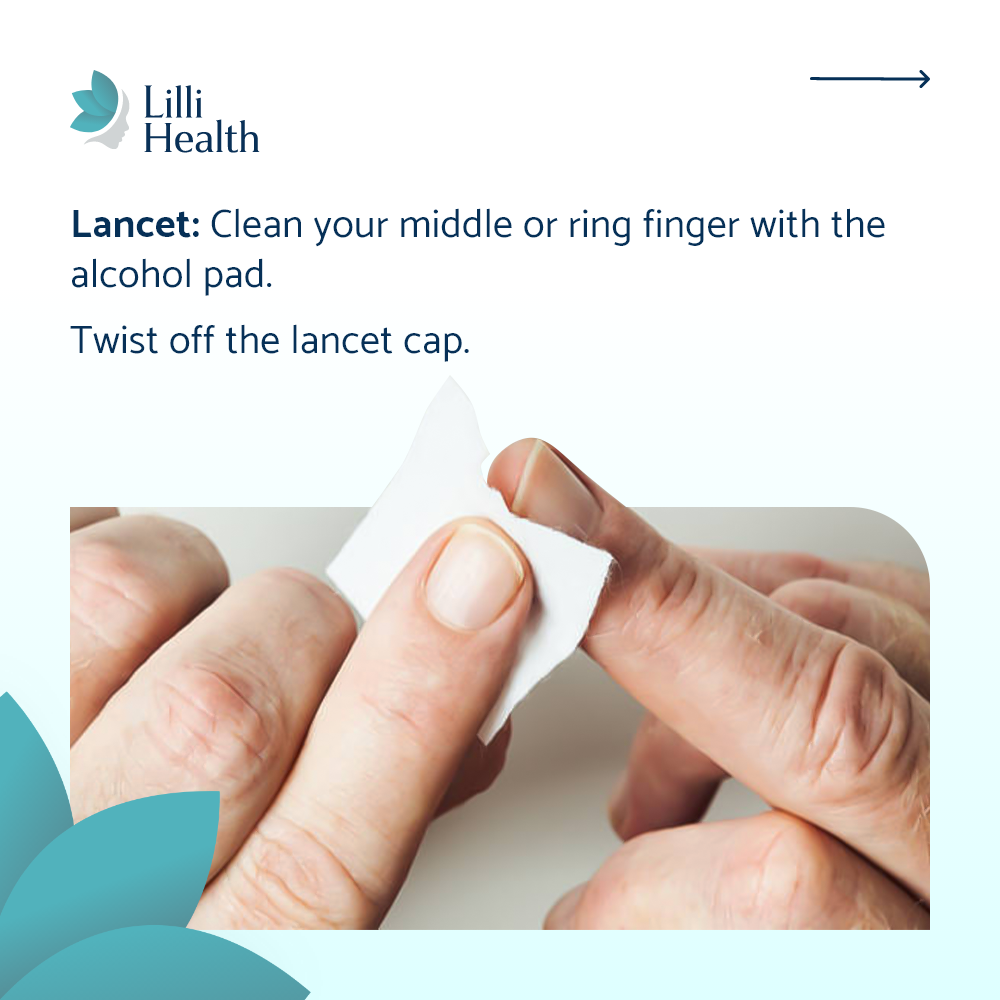

What Are Skin Tags Trying to Tell You?
You might think skin tags are just a random skin issue—those little soft bumps that pop up on your neck, underarms, or chest. Maybe your doctor told you they were harmless (which they usually are), or maybe you’ve had them removed without thinking twice.
But what if they’re more than just annoying?
What if they’re one of your body’s early warning signs?
What Are Skin Tags, Really?
Skin tags are soft, flesh-colored (or slightly darker) little growths that hang off the skin. They’re typically found in areas where there’s friction—like the neck, armpits, under the breasts, or around the groin. They’re not painful. They’re not dangerous. But they are a signal.
The Insulin Connection
Here’s the part most people don’t hear: Skin tags are strongly linked to high insulin levels and insulin resistance.
When insulin levels stay high for too long (which often happens in PCOS or prediabetes), it causes growth signals to ramp up. Don’t forget that insulin is a growth hormone and it can activate other growth hormones such as insulin-like growth factors. This includes signals to the skin. Specifically, it tells the skin to start multiplying cells—leading to things like skin tags and other overgrowths.
So, no—you’re not just unlucky. You’re not getting older. Your skin tags might actually be your metabolism waving a red flag.
Why It Matters
News flash: you can have normal blood sugar and still have high insulin. In fact, most people do.
That means even if your bloodwork looks “fine,” your skin might be telling a different story.
This is especially true if you also deal with things like:
- Fatigue
- Brain fog
- Irregular cycles
- Weight gain (especially around the belly)
- Cravings after meals
What Can You Do?
The best treatment for skin tags isn’t just removing them—it’s getting to the root of the issue: high insulin.
Here’s what helps:
- Follow a Low Insulin Lifestyle: This approach reduces insulin demand naturally by focusing on foods that don’t spike insulin. (No calorie counting required.)
- Get your insulin tested: A fasting insulin or oral glucose tolerance test with insulin can give you real insight into what’s going on.
- Be patient: While some skin tags won’t shrink on their own, many people report fewer new ones forming—and even some older ones softening or falling off—as insulin levels normalize.
The Bottom Line
Skin tags aren’t random. They’re a clue. They might be your body’s way of saying, “Hey, something’s off. Please take a closer look.”
Instead of ignoring them or feeling frustrated, see them as an invitation to understand your metabolism more deeply—and a chance to change your health from the inside out.
References
Hui ES, et al. Association between multiple skin tags and metabolic syndrome: A multicentre cross-sectional study in primary care. Diabetes Metab. 2016. Read more
González-Saldivar G, et al. Skin Manifestations of Insulin Resistance: From a Biochemical Stance to a Clinical Diagnosis and Management. Dermatol Ther (Heidelb). 2017. Read more
Sudy E, Urbina F, Maliqueo M, Sir T. Screening of glucose/insulin metabolic alterations in men with multiple skin tags on the neck. J Dtsch Dermatol Ges. 2008. Read more






















